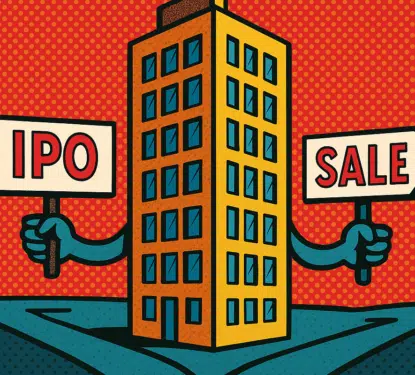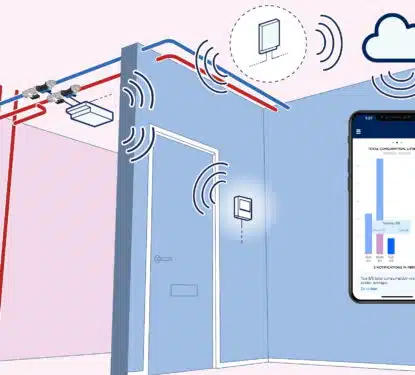Human-Centric Lighting (HCL) is illumination designed to trigger biological responses in humans to suit their activities and the overall objectives of a space. While mimicking the daily color and brightness output of natural sunlight provides a range of benefits for the user, there is more to HCL than simply replacing sunlight. Each space, depending on its users and its objectives, demands a slightly different pattern of light to maximize the benefits. “While wavelengths that promote health and wellbeing may be desirable to most lighting spaces, others like productivity, restfulness, healing, or learning are better suited to some environments than others,” explains our latest report. “These differences allow HCL firms to design lighting systems to suit different spaces with different objectives. HCL applications have arisen in healthcare, offices, retail, hospitality, residential, and many more verticals, creating a confusing and fragmented market full of opportunity.” The report The Human Centric Lighting Market 2019 to 2024: Global Market […]
Most Popular Articles

MRI Software: Exploring the 2025 IPO & Sale Options
This Research Note examines a report from Reuters that MRI Software is to be listed in an IPO or sold. We explore the development of the business over the last 10 years, since it was acquired by private equity owners, highlight their software acquisitions for commercial real estate applications addressing integrated workplace management, tenant experience […]

Podcast 40: Stiles Property Management Found $400K+ in Hidden Savings
Most property managers know their buildings are hemorrhaging money through inefficient systems. The problem? They have no idea where to start looking. Devon Newton, VP of Property Management at Stiles, faced this exact challenge with 110 East, a new Class A development in Charlotte’s Southpark district. Despite managing 116 properties across the Southeast, she found […]

Smartvatten Strengthens European Position with 2025 LeakLook Acquisition
This Research Note examines Smartvatten, a Finnish specialist in water efficiency technology and expertise in Northern Europe. It updates our previous article in March 2024, covering Smartvatten’s solutions, key developments in 2024, sustainability partnerships and the September 2025 acquisition of LeakLook, a Finnish specialist in IoT-driven water monitoring for real estate. Smartvatten Profile Established in […]
